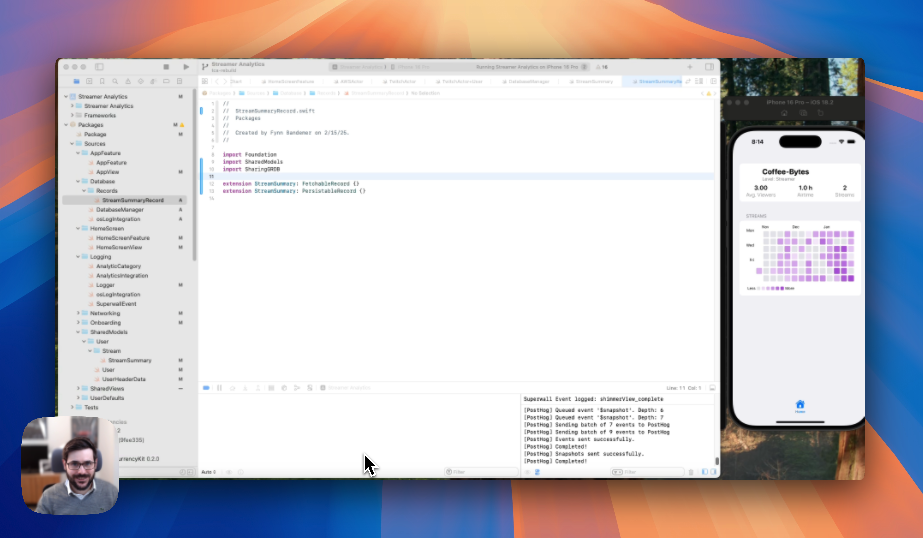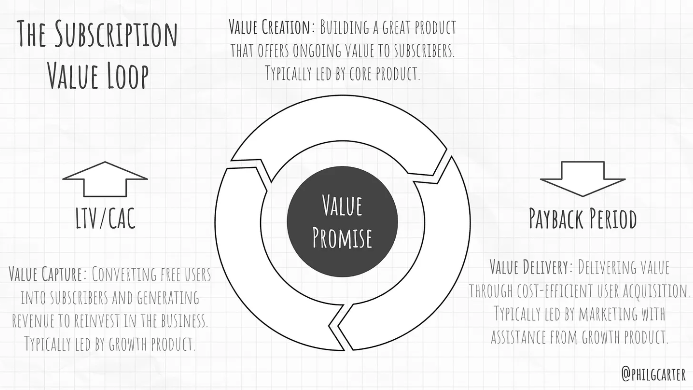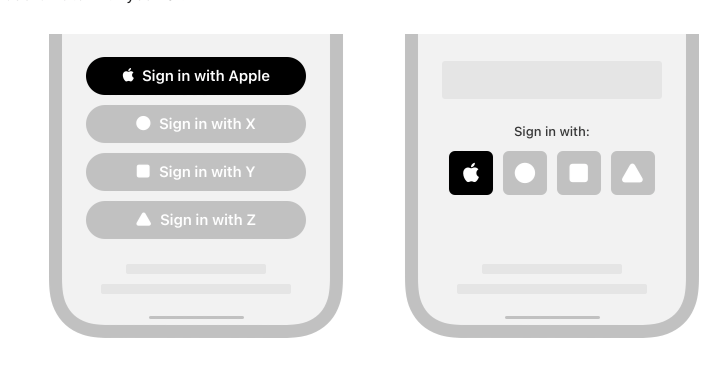IndieDev Journey # 1: How I Plan to Increase Revenue Across My App Portfolio
Balancing five apps, a busy job, and life, I’m streamlining costs, boosting growth, and leveraging tools like RevenueCat and Hetzner for success.

Managing a portfolio of apps can be both exciting and challenging, especially with a full schedule that demands careful time management. I work a high-profile job in ADAS/AD development from Monday to Friday, 8 AM to 6 PM—a role that requires focus, precision, and long hours. On top of that, I have a husky dog whose boundless energy makes daily walks both a blessing and a curse. With such a packed routine, making the best use of my free time is not just a priority but a necessity.
Balancing these responsibilities while managing five distinct apps—each with its own revenue streams and operational needs—has taught me the importance of a strategic approach. While some apps perform well with minimal oversight, others struggle with visibility, rankings, or high infrastructure costs.
The goal is clear: streamline operations, cut unnecessary expenses, and create a unified strategy that maximizes revenue across the board. By addressing inefficiencies and inconsistencies, I aim to not only improve individual app performance but also build a scalable system for accelerated growth and development.

In this article, I’ll share my actionable plan to tackle these challenges head-on, focusing on standardization, cost reduction, and growth strategies to increase revenue efficiently while maintaining a healthy work-life balance.
The Current State
Managing five apps with different levels of performance has highlighted a few critical challenges. Each app operates in its own silo, with unique strengths and weaknesses, creating a lack of uniformity in development and management. Here’s a breakdown of the current state of my app portfolio:
- Mental Math (Old)
- Status: Strong rankings, no operational costs.
- Challenge: None – this app is stable and requires no immediate action.
- Mental Math (New)
- Status: Poor rankings despite no associated costs.
- Challenge: Needs a strategic push to improve visibility and downloads.
- Streamer Stats
- Status: Generates good revenue but is burdened by high infrastructure costs.
- Challenge: Reducing operational expenses without sacrificing performance or reliability.
- Smart Money
- Status: Poor rankings with no operational costs.
- Challenge: Requires targeted efforts to boost visibility and user acquisition.
- JournAI
- Status: Struggles with visibility and rankings, though it has no operational costs.
- Challenge: Improve App Store Optimization (ASO) and engagement metrics.

Key Issues Across the Portfolio
- Lack of Standardization: Each app uses its own tools, frameworks, and processes, leading to inefficiencies in development and management.
- Infrastructure Inefficiencies: High backend costs for certain apps, particularly Streamer Stats, impact overall profitability.
- Growth Challenges: Several apps suffer from poor rankings and lack consistent strategies for growth and monetization.
Action Plan
To address the challenges across my app portfolio, I’ve developed a focused action plan targeting three key areas: standardization, cost reduction, and growth. By implementing these strategies, I aim to create a scalable, efficient system that drives revenue and reduces inefficiencies.
1. Standardization
A lack of uniformity across the apps has slowed development and led to inconsistent user experiences. To resolve this, I plan to:
- Modularize App Development:
- Create reusable components, such as a unified analytics framework for consistent tracking.
- Standardize UI/UX elements like buttons, navigation, and tracking systems to streamline design and functionality.
- Transition Fully to The Composable Architecture (TCA):
- Leverage TCA for all apps to ensure scalability, easier maintenance, and faster iteration cycles.
- Simplify the development process by aligning all apps under a single architecture.

2. Reduce Infrastructure Costs
High backend costs, particularly for apps like Streamer Stats, are a significant barrier to profitability. Currently, Streamer Stats relies on AWS services, which cost approximately $500 per month for ongoing usage. Additionally, I pay around $3,000 for provisioned capacity to achieve a lower working price—a model that is unsustainable for long-term growth.
To address this, I plan to:
- Switch to Cost-Effective Services:
- Migrate Streamer Stats to Hetzner and use TimeScaleDB for database management, which is expected to reduce costs by 75% without compromising performance.
- Host all other apps on Hetzner using a Swift server with Hummingbird 2, ensuring consistent, cost-efficient hosting for the entire portfolio.
- Optimize Hosting and Backend Solutions:
- Streamline infrastructure to lower operational overhead while maintaining performance and scalability.
- Optimize Resource Usage:
- Conduct a thorough audit of my current AWS setup to identify and eliminate inefficiencies, such as unused services or redundant systems.
Here’s a snapshot of my current AWS costs for context:

By migrating to more affordable alternatives and optimizing resource usage, I can significantly cut infrastructure expenses, increasing overall profitability across the app portfolio.
3. Growth Strategies
Several apps, including Mental Math (New), Smart Money, and JournAI, struggle with visibility and user acquisition. My growth-focused strategies include:
- Leverage The Subscription Value Loop Framework:Adopt Phil Carter’s Subscription Value Loop Framework to build a self-reinforcing cycle of value delivery, user engagement, and subscription revenue.
- Deliver consistent value through regular updates, exclusive content, and personalized features.
- Use feedback and analytics to address evolving user needs and refine the subscription offering.

- Enhance App Store Optimization (ASO):
- Use data-driven ASO techniques, such as keyword optimization, A/B testing, and compelling creatives, to improve rankings.
- Tailor ASO strategies for each app’s target audience.
- Standardized Analytics for Growth Insights:
- Use the Category: Object_Action framework to gather actionable insights on user behavior and engagement.
- Identify high-performing features and opportunities for monetization.
By focusing on these three pillars, I aim to streamline app management, cut unnecessary expenses, and create a growth-oriented foundation for long-term success. This plan is designed to not only address current challenges but also position my app portfolio for scalable growth in the future.
Goals
The ultimate goal of this plan is to create a more efficient, scalable, and profitable app portfolio. By addressing inefficiencies, reducing costs, and implementing growth strategies, I aim to achieve the following key objectives:
- Speed Up Development
- Objective: Streamline the development process by adopting modularization and transitioning fully to The Composable Architecture (TCA).
- Outcome: Faster iteration cycles, reduced development time, and the ability to focus more on innovation rather than maintenance.
- Lower Costs
- Objective: Minimize operational expenses by optimizing infrastructure and switching to cost-effective services.
- Outcome: Increased profitability, particularly for apps with high infrastructure costs, like Streamer Stats, without sacrificing performance or user experience.
- Drive Growth
- Objective: Boost app visibility and engagement through App Store Optimization (ASO), standardized analytics, and effective monetization frameworks like RevenueCat.
- Outcome: Improved rankings for underperforming apps, better user acquisition, and higher revenue across the portfolio.
- Build a Scalable System
- Objective: Standardize development practices and create a unified approach to analytics, UI/UX, and monetization.
- Outcome: A scalable app portfolio that allows for easier management, consistent user experience, and adaptability to future projects.
By achieving these goals, I will not only address the current challenges in my app portfolio but also establish a foundation for sustained growth and success in the competitive app marketplace.
Conclusion
Managing a diverse app portfolio alongside a demanding full-time role and personal commitments presents unique challenges. However, with a clear and actionable strategy, it’s possible to transform inefficiencies into opportunities for growth. By focusing on standardization, reducing infrastructure costs, and implementing effective growth strategies, I aim to create a scalable, efficient, and profitable system for all my apps.
Key steps in this plan—such as leveraging Phil Carter’s Subscription Value Loop Framework to enhance subscription revenue, migrating Streamer Stats from costly AWS services to Hetzner and TimeScaleDB for a 75% cost reduction, and hosting all other apps on Hetzner using a Swift server with Hummingbird 2—are designed to address current performance challenges while building a foundation for sustainable success.
By adopting modular development practices, optimizing App Store visibility, and strategically managing resources, I’m streamlining workflows to maximize the potential of each app. This approach not only improves efficiency but also ensures that my portfolio remains competitive in a dynamic market.
With this plan in motion, I’m confident in my ability to overcome these challenges and drive sustainable growth. This is just the beginning, and I look forward to sharing progress and lessons learned along the way. Stay tuned!






Discussion